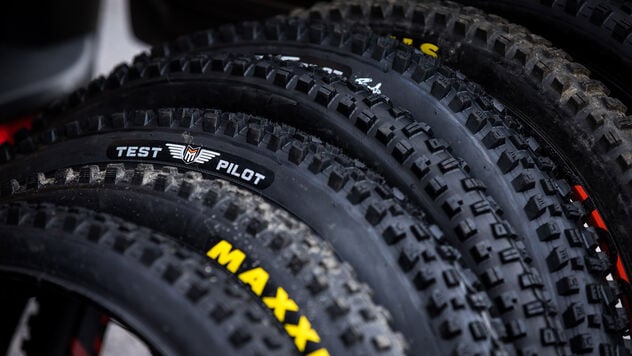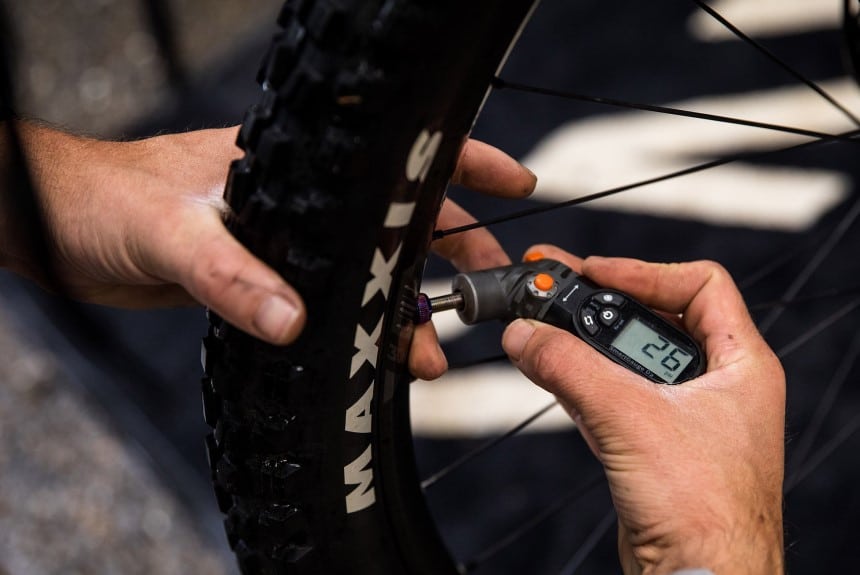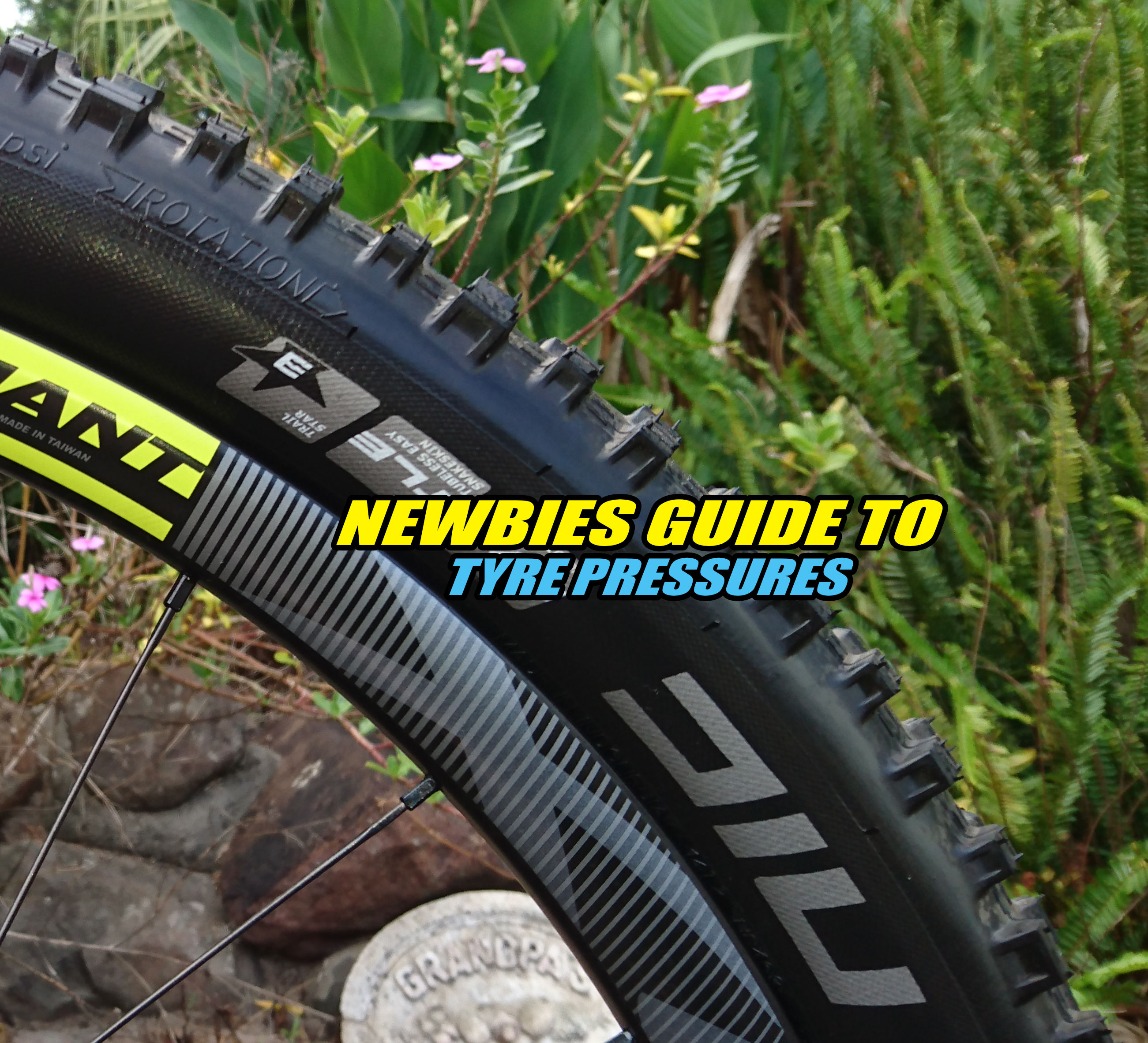The Impact of Tire Pressure on Mountain Biking
Mountain bike tire pressure significantly influences various aspects of biking, including traction, rolling resistance, and rider comfort. Achieving the optimal tire pressure can dramatically enhance the overall biking experience, making it essential to understand the relationship between these factors. This section will explore the best mountain bike tire pressure and its effects on performance.
Understanding PSI and Its Relevance to Mountain Bike Tires
PSI, or pounds per square inch, is a unit of measurement that quantifies the pressure inside mountain bike tires. Understanding PSI and its role in determining tire pressure is crucial for optimizing mountain bike performance. PSI ranges vary depending on the type of mountain biking and the rider’s preference, making it essential to consider these factors when seeking the best mountain bike tire pressure.
For cross-country mountain biking, lower tire pressures (typically between 20-30 PSI) are often preferred to enhance traction and control on climbs and technical terrains. In contrast, downhill mountain biking usually requires higher tire pressures (30-40 PSI or more) to withstand the impact of high-speed descents and rocky terrains. Trail riding falls between these two extremes, with tire pressure often ranging from 25-35 PSI, depending on the rider’s preference and the specific trail conditions.
How to Measure Mountain Bike Tire Pressure
Measuring mountain bike tire pressure accurately is essential for ensuring optimal performance and safety. To do so, follow these steps:
- Gather the necessary tools: A high-quality tire pressure gauge is essential for accurately measuring tire pressure. Some floor pumps come with built-in gauges, or you can purchase a separate handheld gauge.
- Unlock the valve: Most mountain bike tires use Presta valves, which have a small nut at the top. Unscrew this nut to unlock the valve and allow air to flow.
- Press the gauge onto the valve: Place the tire pressure gauge’s nozzle firmly onto the valve and press down to ensure a secure connection. A hissing sound may indicate a leak, in which case you should reposition the gauge or tighten the Presta valve nut.
- Read the pressure: Observe the tire pressure gauge’s display to determine the current tire pressure. Make sure to read the measurement at the bottom of the gauge’s gauge, as this is the most accurate point.
- Add or release air as needed: If the tire pressure is below the recommended range, use a floor pump or CO2 inflator to add air. To release air, press the small pin in the center of the Presta valve. Be cautious not to over-inflate the tire, as this can lead to damage or decreased traction.
Regularly measuring and adjusting mountain bike tire pressure is crucial for maintaining the best mountain bike tire pressure and ensuring optimal performance, safety, and longevity.
Recommended Tire Pressure Ranges for Popular Mountain Bike Tires
Various mountain bike tire models have specific PSI ranges that cater to different rider weights, terrains, and riding styles. Here are some popular tire models and their suggested PSI ranges:
- Maxxis Ardent: This versatile tire is suitable for a wide range of trail conditions. Suggested PSI ranges from 25-50, depending on rider weight and terrain.
- Schwalbe Nobby Nic: Known for its excellent grip and low rolling resistance, the Nobby Nic is ideal for cross-country and trail riding. Recommended PSI ranges from 23-50.
- Continental Mountain King: A popular choice for all-mountain and enduro riding, the Mountain King has a suggested PSI range of 25-58.
- Kenda Nevegal: The Nevegal is designed for aggressive trail riding and downhill. Its recommended PSI range is between 25-45.
When selecting the best mountain bike tire pressure for your tires, consider factors such as rider weight, terrain, and riding style. Adjusting tire pressure within the recommended range can significantly impact traction, rolling resistance, and overall riding experience.
Factors Influencing the Ideal Mountain Bike Tire Pressure
Various factors can impact the optimal tire pressure for mountain biking, making it essential to consider the following elements when seeking the best mountain bike tire pressure:
- Rider weight: Heavier riders typically require higher tire pressures to prevent tire deformation and pinch flats. Lighter riders may benefit from lower tire pressures for increased traction and comfort.
- Terrain: Rocky, root-infested, or rough terrains generally require higher tire pressures to protect against punctures and reduce rolling resistance. Smooth or loose terrains may allow for lower tire pressures to enhance traction and control.
- Tire width: Wider tires offer lower tire pressures for increased traction and comfort. Narrower tires require higher tire pressures to maintain their shape and prevent pinch flats.
- Weather conditions: Wet or muddy conditions may necessitate lower tire pressures for better traction and control. Dry or icy conditions might require higher tire pressures to minimize tire deformation and maintain stability.
Regularly assessing and adjusting tire pressure based on these factors can help ensure the best mountain bike tire pressure for a safe, enjoyable, and high-performance riding experience.
How to Adjust Mountain Bike Tire Pressure for Different Riding Styles
Adjusting tire pressure can significantly impact performance during various riding styles. Here are some tips for modifying tire pressure to suit climbing, descending, and cornering:
- Climbing: Lower tire pressure can provide better traction and control on steep inclines. Reduce tire pressure by 2-5 PSI for climbing, focusing on maintaining enough pressure to prevent tire deformation and pinch flats.
- Descending: Higher tire pressure can improve stability and reduce rolling resistance during high-speed descents. Increase tire pressure by 3-8 PSI for descending, ensuring enough pressure to protect against punctures and maintain tire shape.
- Cornering: Lower tire pressure can enhance grip and control in corners. Reduce tire pressure by 2-5 PSI for cornering, focusing on maintaining enough pressure to prevent tire deformation and pinch flats.
Quickly adjusting tire pressure during rides can help optimize performance for various riding styles. Carry a portable tire pump or CO2 inflator to make these adjustments as needed.
The Role of Tire Pressure in Mountain Bike Maintenance and Safety
Maintaining the correct tire pressure is crucial for tire longevity, safety, and overall bike health. Incorrect tire pressure can lead to various issues, such as reduced traction, increased rolling resistance, and decreased control. By understanding the importance of proper tire pressure, cyclists can avoid these problems and ensure a safe, enjoyable riding experience.
Under-inflated tires can cause excessive tire deformation, leading to increased rolling resistance, reduced efficiency, and decreased control. Over-inflated tires, on the other hand, can result in a harsh ride, reduced traction, and an increased risk of pinch flats or tire blowouts. Finding the best mountain bike tire pressure for specific riding conditions and styles is essential for optimal performance and safety.
To maintain tire pressure and avoid issues, regularly check tire pressure before and after rides. Use a high-quality tire pressure gauge to ensure accurate readings, and make adjustments as needed. Keep a portable tire pump or CO2 inflator on hand for quick pressure adjustments during rides, especially when encountering varying terrain or weather conditions.







